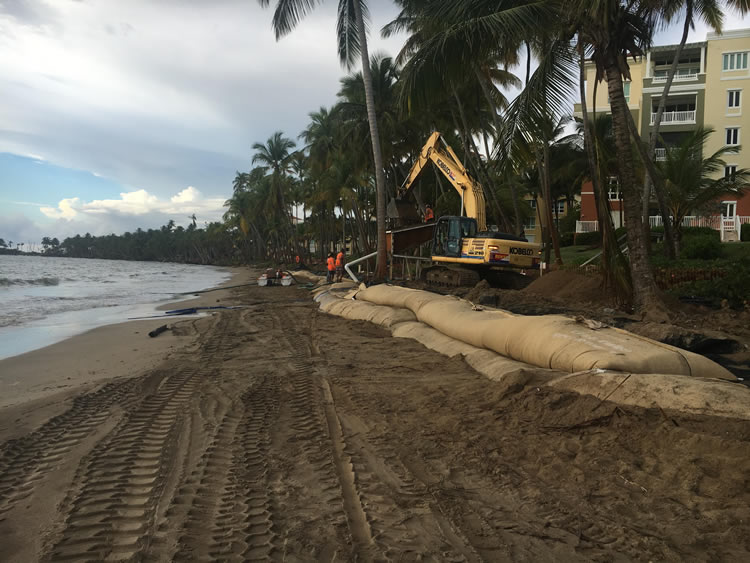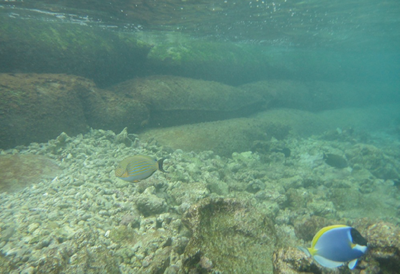Waterway health and coastal resiliency are some of the most highly debated topics in infrastructure, as work or lack of addressing an issue in one locality can greatly impact another further down the river or coast. This complicates permitting and finalizing solutions. Joe Little of Little Environments PLLC spent some years working in Australia, where geosynthetics have frequently been deployed in coastal and waterway applications. When he returned to the United States, he established his own practice and now draws upon experience and unique project approaches from around the world in creating locally sound and effect approaches to improving waterways, coastlines, and marine habitats. Geosynthetics continue to be one of his most effective tools.
Listen to “Improving Inland Waterways, Coastlines, and Marine Habitats with Geosynthetics” on Spreaker.Subscribe on iTunes and in the Google Play store.
IMPROVING WATERWAYS, COASTLINES, AND MARINE HABITATS
Shorelines change rapidly, as do their mixes of aquatic and marine species. As such, Little looks far and wide for solutions to find engineering solutions that might, off hand, seem unrelated but which are in fact quite applicable to improving waterways anywhere.
“[Communities and engineers often] try to stay local with their design, and they try to stay local with using all the suppliers and information,” he says. It’s an understandable leaning. “But, by reaching out around the world, you can access a wealth of information and you can get more cost-effective designs.”

He gives an example of how an alternative grid-rock mattress used on an oceanfront or river in Australia may actually be a very sound solution for a unique piece of coastline in North America.
One of the Little Environments projects he cites drew directly upon strategies he worked with in Australia. The US project involved protecting a 125 ft. high bluff in the Cape Cod area. A private residence overlooked the water from there. Geocontainers, utilizing local soils, were installed at the base of the bluff to provide near- to medium-term shoreline stabilization and halt bluff erosion. This gave the natural environment (e.g., vegetation and Virginia cedar) ample protection to fully root and, thus, provide the ultimate long-term protection.
RELATED: Restoring Reefs with Geosynthetics
“If you can use the work that the environment is doing to help protect your coastlines,” Little says, “[such as] establishing an oyster reef sill, that oyster reef sill will continue to maintain itself. … In the long run, if you can give the environment that upper edge to establish and be robust, you can get very economical solutions.”
In this, he incorporates various geosynthetic and geotechnical solutions, such as geotextile tubes, gabions, erosion control mats, geotextile separation or underlay layers, and much more.

And, though inland waterways and ocean coastlines provide vastly different environments, the threats they face from intense storms and erosive processes can often be treated in similar ways. Furthermore, they can enhance habitats.
Hard and soft marine growth often take to geosynthetics in the water, he says. Not only can this help restore marine habitats, but the geosynthetics themselves may gain service life-extending benefits, such as improved scour protection.
Learn more about Little Environments’s work at www.littleenvironments.com.











